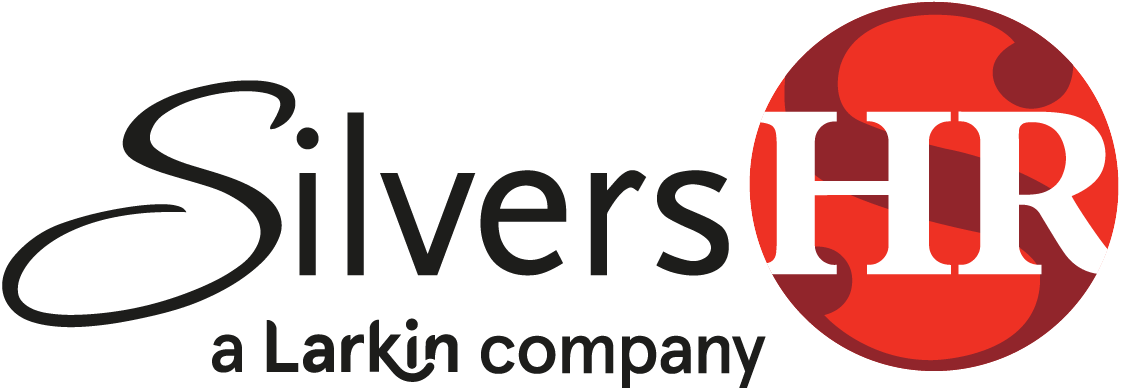The Litigation Risk that Many Small and Mid-Size Employers May Be Needlessly Holding On To

By John Wood
The latest edition of The Betterly Report noted that, when it comes to Employment Practices litigation risk, “The larger employer is much more likely to transfer risk than are smaller employers. Ironically, it is the smaller employer that probably needs EPLI insurance protection the most, as their ability to self-assume losses is limited.”
The report went on to note that only about 2.4% of small employers (1-49 employees) carried Employment Practices Liability insurance (EPL), while only 36.6% of mid-sized employers (50-999 employees) did so.
So why the inverted result, where the large employers (who are better suited, financially, to retain their Employment Practices litigation risk) are transferring that risk, while the small and mid-size companies (who have less financial capacity to retain the risk) aren’t?
Perhaps this latter group is unaware of the level of risk that they’re assuming, or presume that the cost of transference is prohibitive. This article will try to shed some light on both factors.
The Scary Stuff
According to the latest edition of the Hiscox Guide to Employee Lawsuits (which was based upon 2014 EEOC charge statistics), U.S. Companies had at least an 11.7% chance of incurring an employment litigation event.
The figures varied greatly by State, however, and in California the risk of employee litigation was 40% higher than the national average – perhaps, in part, because California is one of 10 States in the country whose Anti-Discrimination and Fair Employment Practices State laws exceed U.S. Federal regulations.
A representative study of 446 closed cases showed that, for firms with 500 or fewer employees, 19% of the cases resulted in defense and settlement costs averaging a total of $125,000, with an average length of litigation spanning 275 days.
For those cases that ended up in court, the median judgment (which does not include defense costs) was $200,000, with 25% of the cases resulting in a judgment of $500,000 or more.
Even if an Employer wins a case, it often loses financially. To give just three examples from actual lawsuits:
* After a downsizing, a group of former, older, long-term employees alleged that the downsizing had a disparate impact on them compared to younger workers. The Employer prevailed at trial, but incurred $975,000 in defense costs.
* A former employee demanded $500,000 and other benefits (including paid-for COBRA coverage), alleging that she was terminated in retaliation for being involved in a romantic relationship with her supervisor. The Employer won at trial, but racked up $205,000 in legal bills along the way.
* A released-to-duty worker sued to have a “no lifting” position created as an accommodation to her temporary work restriction made permanent. A jury found in favor of the Employer, but it was still out $90,000 in defense costs.
For many mid-sized companies – and certainly for smaller ones – this type of unexpected legal expense could be crippling if the employment litigation risk were to materialize with no financial escape valve for the employer.
Fortunately, an Employment Practices Liability insurance policy can provide that escape hatch.
But What Does It Cost?
The cost to transfer one’s Employment Practices litigation risk is rather low, compared to the above-noted costs of retaining that risk.
As a rough estimate, the annual cost for Employment Practices Liability insurance can range from $150 to $350 per employee, depending upon the number of employees (the higher the employee count, the lower the cost-per-employee).
To give you an example, here’s a sampling of the annual costs charged by a major player in the “small company segment” of the EPL insurance market:
10 Employees = $3,473
25 Employees = $5,345
50 Employees = $10,026
75 Employees = $12,786
100 Employees = $16,243
Prices will vary, depending upon the specifics of each company, but the reader might agree that the cost to transfer a company’s Employment Practices litigation risk is a far easier figure to digest than the litigation figures above.
If a small to mid-size company has not considered Employment Practices Liability insurance because of 1) an underestimation of the risk involved; or 2) an overestimation of the cost to transfer that risk, hopefully this article will encourage a second look at the economics of the options.
John Wood is a Principal of McGee & Thielen Insurance Brokers, Inc. in Sacramento, CA, and can be reached at jwood@mcgeethielen.com
